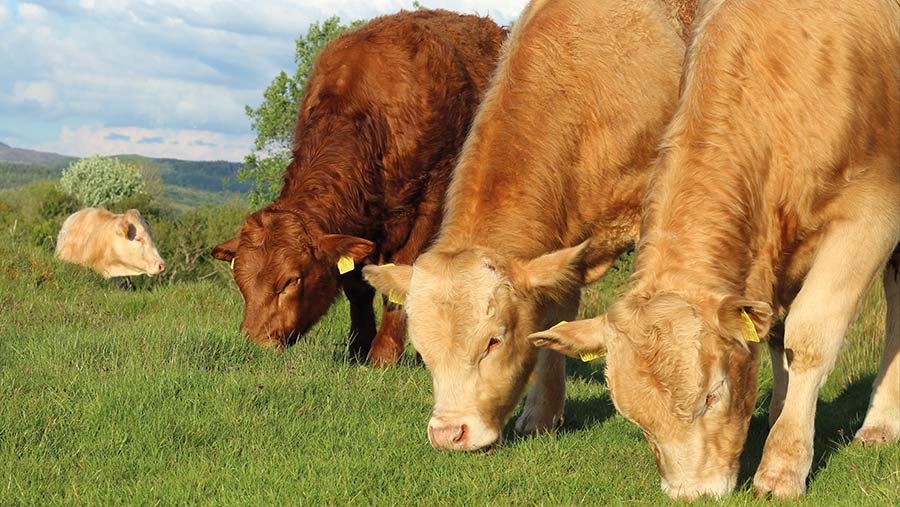Deadline for pre-export ‘vet checks’ on farms approaches
 © Niall/Adobe Stock
© Niall/Adobe Stock Livestock farmers who are not members of certain approved quality assurance schemes are being reminded they must have had a “veterinary attestation” inspection by 13 December, if they are to sell animals that may be exported to the EU.
Until now, British farmers have been able to self-declare that a relevant veterinary visit has taken place.
But new EU regulations, introduced in January 2022 and taking effect this December, mean that all farmers selling livestock that may end up in the EU food market must have proof of an annual vet check relating to signs of notifiable diseases and biosecurity risks.
See also: Red Tractor’s new Green Farm Commitment scheme stirs debate
Farmers who are in certain farm assurance schemes (see “Which schemes count”) do not need to do anything – membership of the scheme gives the necessary assurance that at least one annual vet visit has taken place.
But members who are not in an insurance scheme will need to have had a “vet attestation visit” within the past year, and to be in possession of a “vet attestation number” (VAN), which must be written on any food chain information document when animals are sold to a slaughterhouse or through an auction mart.
Which schemes count
- Red Tractor
- Quality Meat Scotland (QMS)
- Farm Assured Welsh Livestock Beef and Lamb Scheme (FAWL) / Welsh Lamb and Beef Producers (WLBP)
- Lion Quality eggs
- Poultry Health Scheme
“Vet attestation visits should be combined with other routine vet visits wherever possible, so long as all livestock species on the farm are considered and the vet can assess the biosecurity risk in relation to notifiable disease,” said a Defra statement.
“If your vet has been out to your farm within the past year and feels content their visit also covered the scope described above, you can ask them to create a VAN for your reference and share that with you.”
Visits conducted under Defra’s Animal Health and Welfare Review Pathway scheme in England will automatically include the creation of a VAN.
The VAN will then be passed to the official veterinarian at a slaughterhouse, who will then be able to sign off export health certificates for any animals or parts of animals destined for EU markets.
